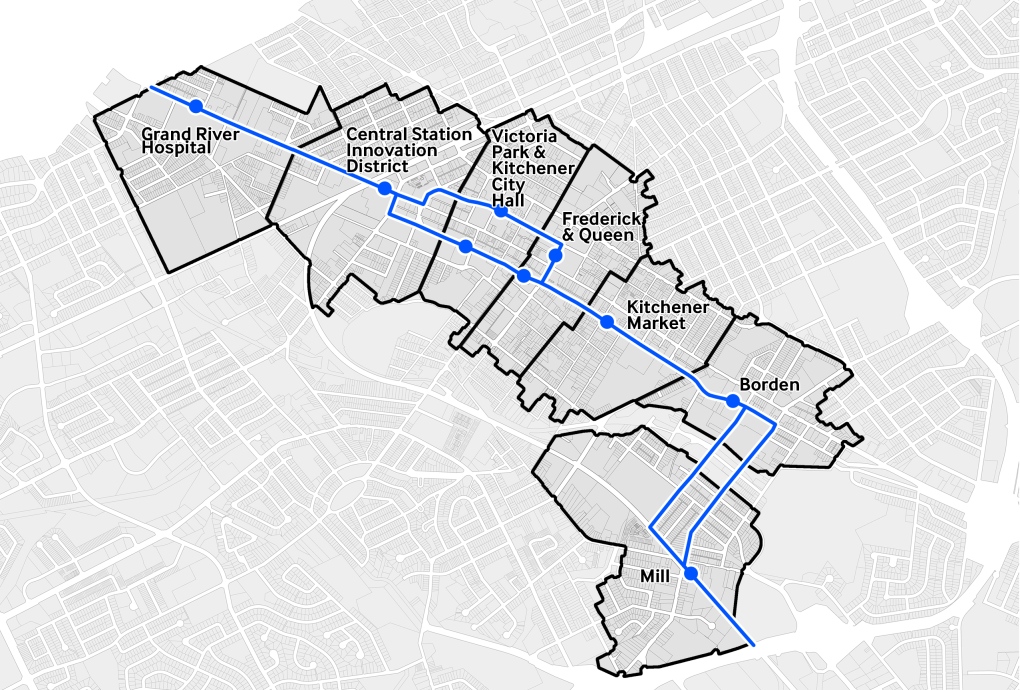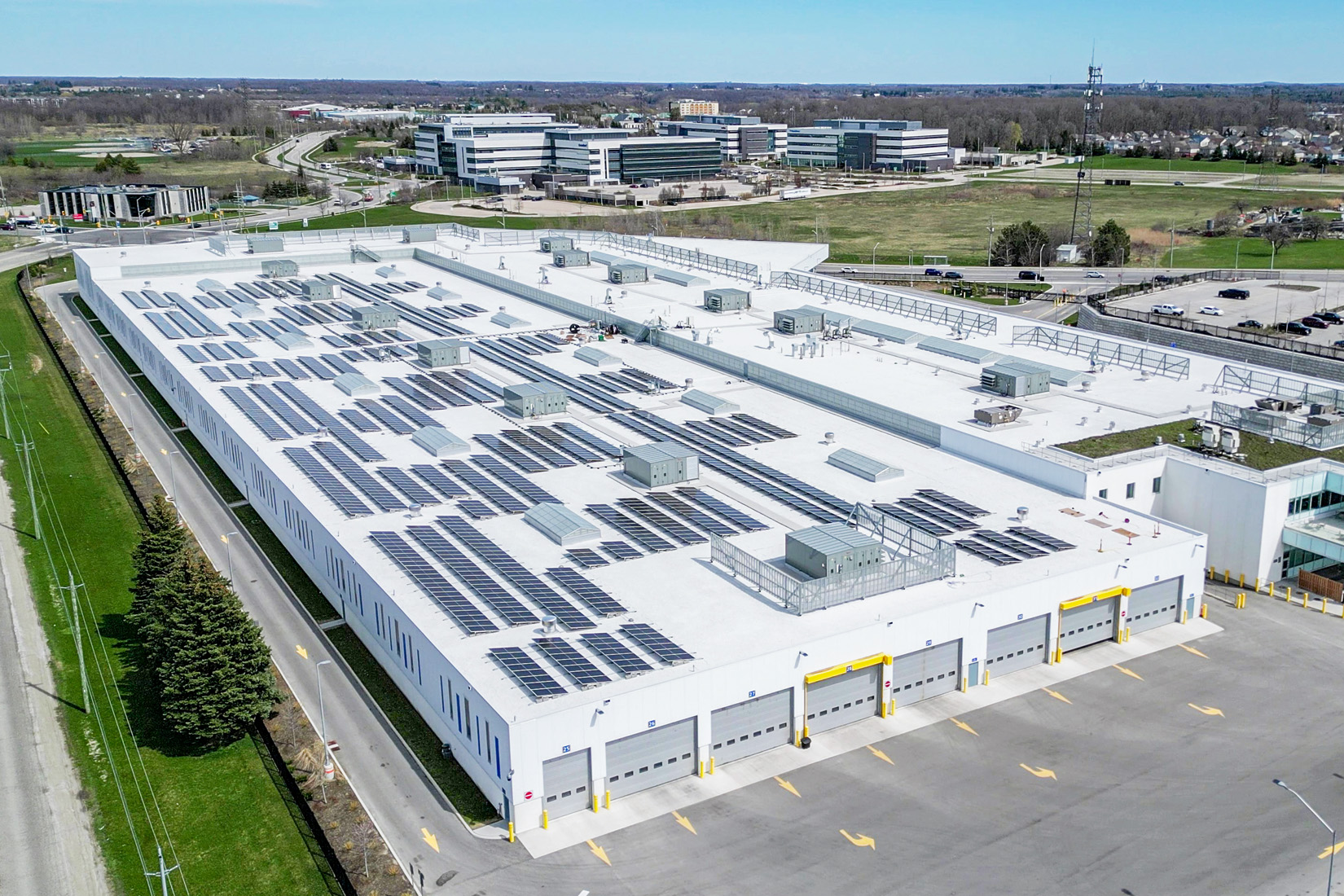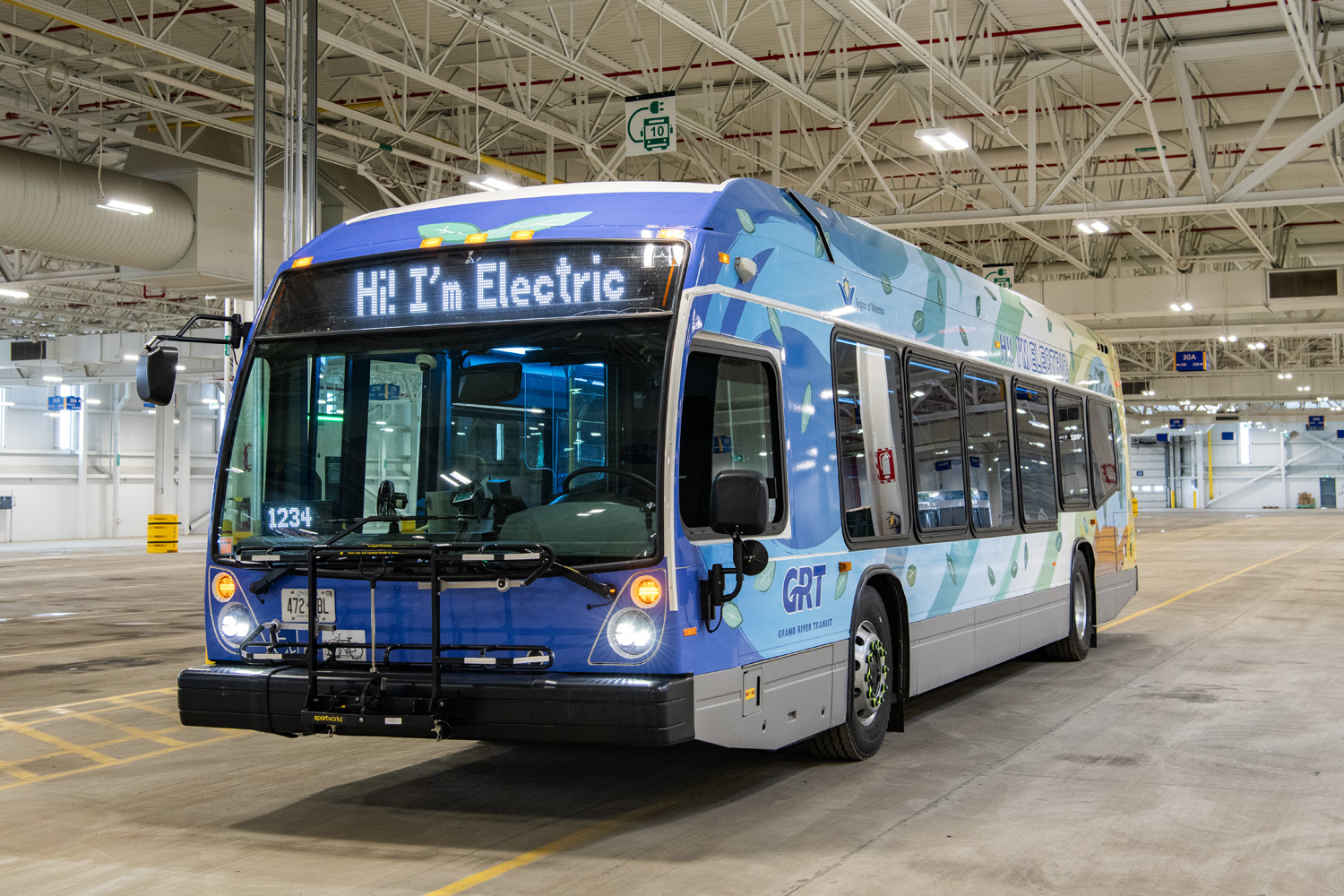 Posted May 7, 2024, 9:30 AM
Posted May 7, 2024, 9:30 AM
|
|
Registered User
|
|
Join Date: Jul 2011
Posts: 214
|
|
2023 Region Of Waterloo Yearbook - GRT Ridership: https://www.row2023yearbook.ca/grt-ridership
https://pub-regionofwaterloo.escribe...ab=attachments
6.1.2 TSD-TRS-24-005, Grand River Transit - Ridership Update - 2023 Year End
1.TSD-TRS-24-005, Grand River Transit - Ridership Update - 2023 Year End.pdf
Quote:
4. Report Highlights: GRT has its busiest year ever with annual ridership of 26.4 million, an increase of 48.3% over 2022. This is also an increase of 20.1% over the previous high ridership of 22.0 million in 2019. ION LRT ridership increased to 4.4 millions riders for the year, an increase of 49.4% over 2022. Meanwhile bus ridership increased by 48.1% to 22.1 million. Daily boardings, which measure every time a person boards a transit vehicle including their transfers, of 132,000 also exceeds previous levels in 2022 of 76,000 by 49.5% and 2019 of 102,000 by 11.2%. Service hours increased by 5400 hours (0.7%) since 2019 and 10,700 (1.3%) since 2022. Appendix A, Performance Dashboard, illustrates the current ridership and the year-todate information. The highest and lowest performing routes are noted. The ION LRT continues to be the highest performing route while the other high performers (110 & 12) serve the post-secondary market as well as a diverse corridor with significant numbers of workers and families using the Route 12. The lowest performing routes are BusPlus routes which serve areas where ridership is still developing, including a new pilot on-demand transit service.
5. Background: The previous ridership update report was presented at the November 7, 2023 Planning & Works Committee (Report TSD-TRS-23-011) and illustrated the significant growth in transit ridership as we moved out of the pandemic era. It indicated September as the busiest month that GRT has ever had. In September, there was a significant service improvement, particularly in Cambridge with roughly 18,000 hours of new annual service added. The network redesign in Cambridge was the last phase of a network redesign as part of the restructuring over several years leading to the implementation of the ION service. As is normal with transit service changes, the ridership impact takes a while to be felt as people adapt to improved service and get an opportunity to try an improved journey. That ridership impact began to be felt during the last quarter of 2023 and will continue to see growth over the next year.
7. Financial Implications: The growth in ridership has resulted in GRT revenue that exceeded the 2023 budget estimate by $8.5 million. Staff have reflected the increased ridership and revenue in the 2024 budget accordingly. All other things being equal, the additional ridership could result in a higher Provincial Gas Tax Fund allocation in future years.
|
2.Appendix A - Performance Dashboard - GRT.pdf
 https://www.grt.ca/en/about-grt/perf...-measures.aspx
https://www.grt.ca/en/about-grt/perf...-measures.aspx
GRT Performance Dashboard updated as of 2024 February
 https://kitchener.ctvnews.ca/kitchen...ions-1.6813859
https://kitchener.ctvnews.ca/kitchen...ions-1.6813859
Kitchener approves 'transformative' new policies for growth around LRT stations March 19, 2024
Quote:
|
Kitchener is introducing new rules to guide development around major transit stations and mandate the inclusion of affordable housing units in some new builds. At Monday night’s meeting, council approved a new planning framework that removes density and parking requirements around LRT stations from Grand River Hospital to Mill, among other measures. “We think this is the most permissive and flexible zoning bylaw in Canada,” Adam Clark, senior urban designer for the City of Kitchener, said Tuesday. “It really is a transformative project… the idea is that Growing Together really enables that full spectrum of housing, from single-detached, all the way through to high-rise residential apartments and everything in between. So if you want to live in one of Kitchener’s major transit station areas, there’s an option for you, no matter what your needs are.” The city estimates the new planning framework will enable the creation of 100,000 new homes, including 20,000 units in low and mid-rise apartment buildings, sometimes called the “missing middle.” Inclusionary zoning bylaw: Also on Monday night, council approved an inclusionary zoning bylaw, which by 2031, will require developments with more than 50 units near an LRT station to make five per cent of them affordable...
|
A map shows areas covered by the Growing Together plan. (Submitted/City of Kitchener)
 https://twitter.com/GRT_ROW/status/1782417507476766882
https://twitter.com/GRT_ROW/status/1782417507476766882
Grand River Transit @GRT_ROW Apr 22, 2024
Quote:
More than 1,600 solar panels have been installed on the roof of our Northfield Transit Maintenance Facility! By the numbers:
• The latest (and largest!) of 18 solar arrays at Region of Waterloo facilities. (Our Chandler Drive Maintenance Facility also has solar panels.)
• The Northfield array will generate around 1,000 megawatt-hours of electricity every year.
• 1,000 megawatt-hours is enough to power 100 homes for a year.
• It will offset 27 tonnes of emissions, equivalent to not using 12,000 litres of gasoline.
• The power generated will be fed back into the facility for use, with any excess sent into the electrical grid.
• Our electric bus pilot program, with 11 electric buses, operates out of the Northfield garage.
Now we’ll be able to charge the buses with renewable energy, taking another step toward a greener future.
Happy Earth Day! ☀️������������ #EarthDay2024
|




|



